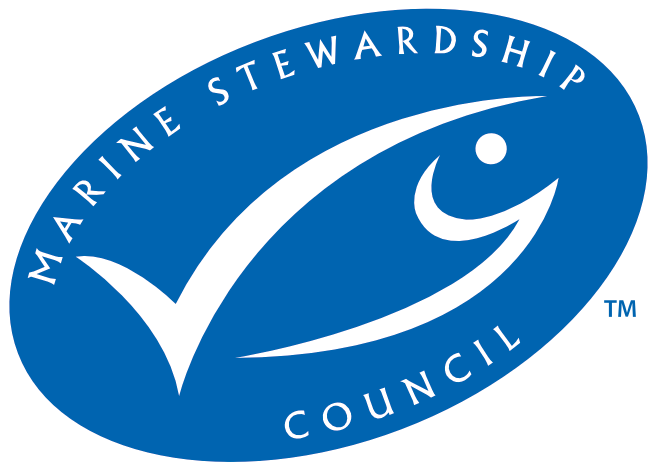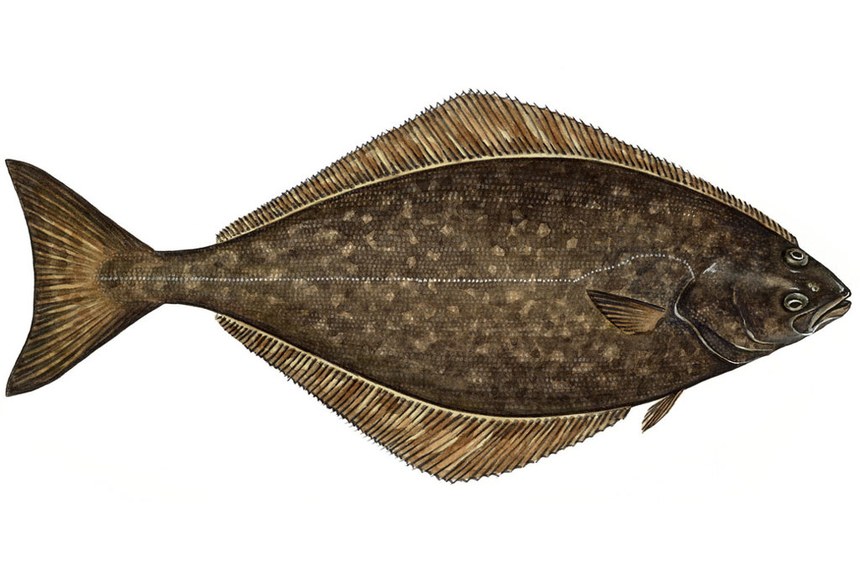
- Certifier :
- SCS Global Services
- Certified status :
- Certified
- Certified since :
- 18 Apr 2006
- Certificate expires :
- 09 Aug 2026
Overview
Fisheries are composed of one or more parts, each of which is entitled to receive an MSC certificate. These parts or “units” are defined by their target stock(s), fishing gear type(s) and if relevant vessel type(s), and the fishing fleets or groups of vessels.
When the term “Unit of Certification” is used for fishing units that are in assessment, it refers to the “Unit of Assessment” or “Unit of potential certification”. Expand a status below to view the parts that form this fishery. To check the detailed scope, download the latest certificate or open the Assessments page to get the latest report. Find out more by visiting our page on Fisheries
Catch by Species
| Species | Reported Catch Year | Metric Tonnes |
|---|---|---|
| Pacific Halibut (Hippoglossus stenolepis) | 2024 | 16,002.7 |
| Sablefish (Anoplopoma fimbria) | 2024 | 39,699.6 |
Information is provided by an independent Conformity Assessment Body as live weight (the weight of species at the time of catch, before processing) and where a fishing season covers multiple years, the end year is given as the reported catch year. Additional information is available in the latest report, see the assessments page.
About this Fishery
This fishery – in the Bering Sea off Alaska, and the Pacific waters off Washington state – has been certified as sustainable since 2006.
Pacific halibut inhabits the continental shelf of the US and Canada, ranging from California to the Bering Sea, and extends into Russia and Japan. It is highly prized by fishermen and chefs alike: growing as large as 500 pounds, it has firm flesh and relatively few bones.
Halibut is caught by bottom hook and line (longline). Its vast size helps fishermen target it. By using large hooks set at 5.5m intervals along a 550m ‘skate’ (groundline), bycatch and discards are largely avoided. Some redfish, lingcod and cod are also caught on the lines, which the fishermen are allowed to market; but most fish of this kind is used as bait for halibut, saving money.
Minimum sizes are enforced: any halibut less than 80cm long must be returned to the water. This is the size at which the fish starts to be sexually mature.
Bird bycatch in the fishery has also been significantly reduced. ‘Tori lines’, the flapping material that flies up over the boat as the lines are set, have led to an 80 per cent fall in bird deaths.
“Our North Pacific halibut fishery is a model for future generations. The MSC label is further verification that all stakeholder are – and should be – committed to sustainability. Our children’s children can expect to fish for, process, sell and consume this wonderful resource.”
- Dana Besecker, President, Dana F Besecker Co, Inc
Pacific halibut (Hippoglosus stenolepis) image © Scandinavian Fishing Year Book
Market Information
24,000 tonnes of halibut are landed annually. Traditionally 80 per cent of sales have been split between Canada and the US, but MSC certification of the fishery has led to a growing demand in Europe.
